6 Renovating Myths I Uncovered While Getting My General Contractor’s License
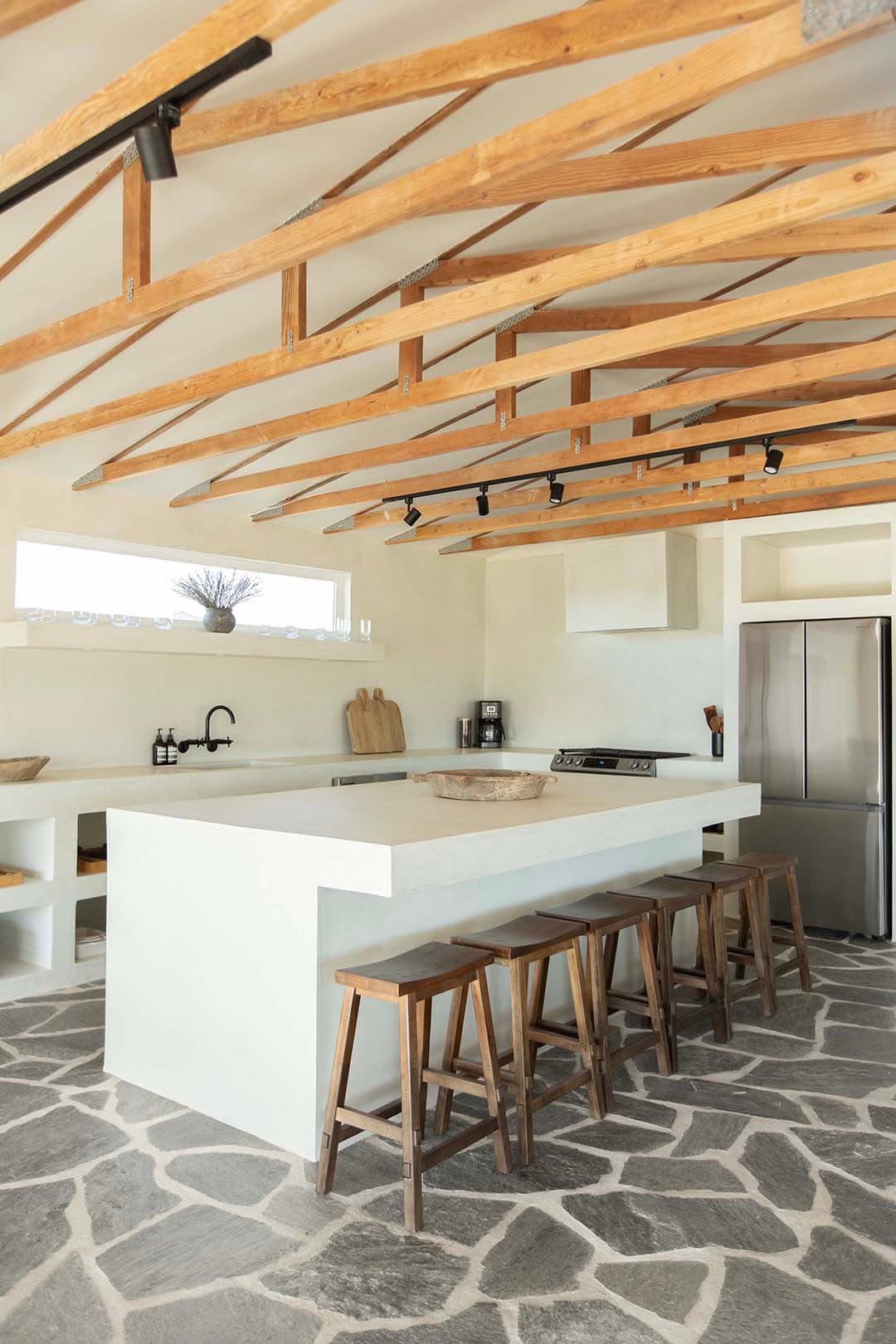

In early 2017, longtime friends Maggie Davis and Nicole Mitchell would stay up watching YouTube videos until 2 a.m.—but they weren’t catching up on Saturday Night Live. They were bingeing tutorials on how to put in new flooring, how to jig together wood to make a bathroom vanity, and how to lay bathroom tile. After years of toying with the idea of fixing up an 800-square-foot cabin in Joshua Tree, they finally went for it, but having never renovated before, it turned into one big research project. “We were grinding, trying to figure this out,” recalls Davis. Today, the pair has transformed a total of 14 homes, most of which they’ve listed as vacation rental properties through their investment-design firm, Things Behind the Sun.
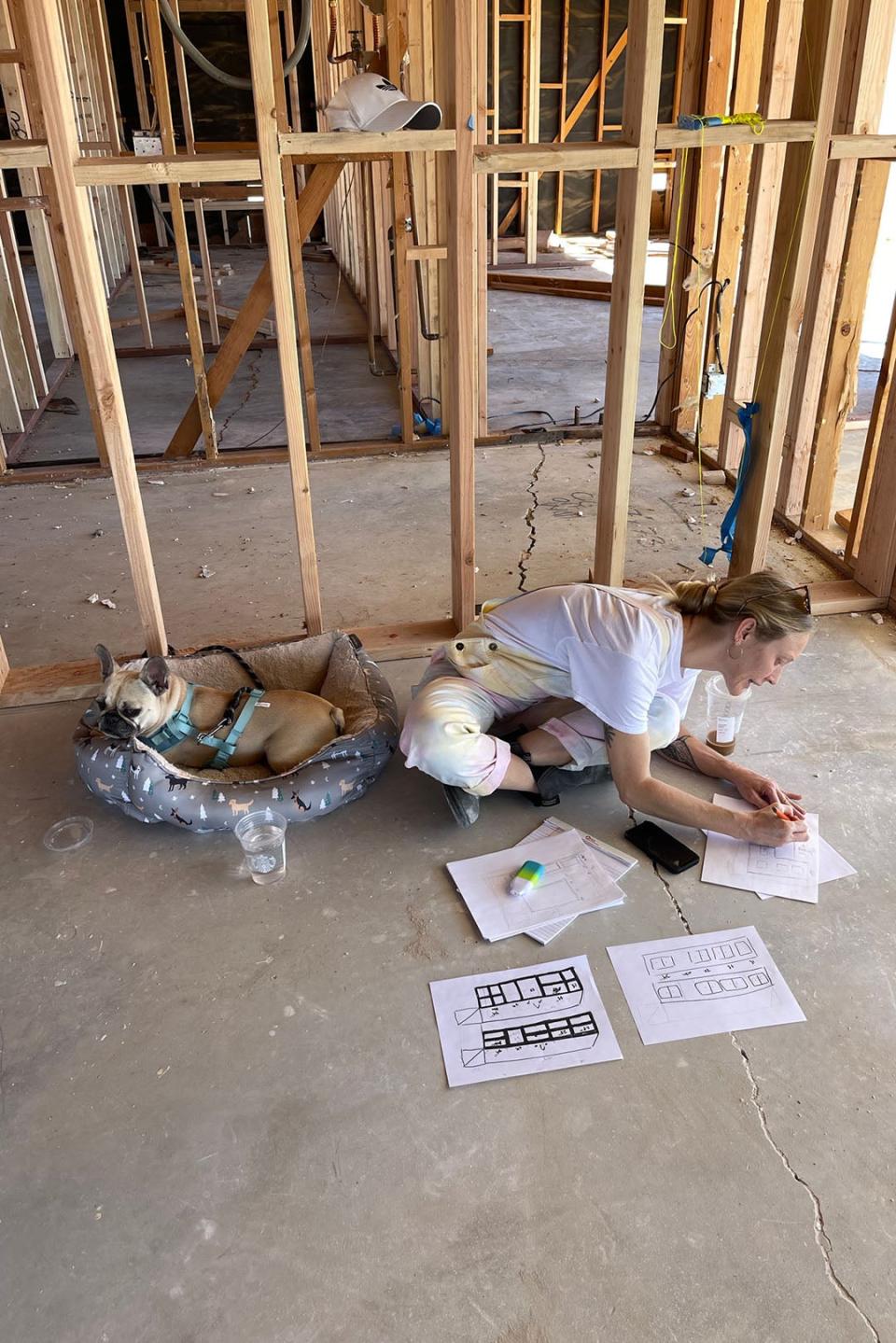
Mitchell jokes that the day she hung a pocket door was the day she decided to get her general contracting license. “We had a couple of contractors just say no to us because pocket doors are such a nightmare,” says Mitchell, “and I just said, I’m going to do it myself.” All in, the process requires four years of trade experience: two on your own (which, by 2019, she had already completed) and two under a mentor. While Mitchell simply wanted to learn more, she also saw it as an extra layer of protection for their growing business. “Being female in the industry has been challenging,” she continues. “During those first few houses, we heard that we were wrong a lot, but we knew that we weren’t because we kept seeing the things we were asking for.”
With only a month left before Mitchell is a licensed GC, and Davis heading up the design and management side of things, we asked the pair to share their biggest reno revelations over the past seven years.
Myth: Your contractor’s first bid is their best bid.
Truth: You can request do-overs and detailed paperwork.
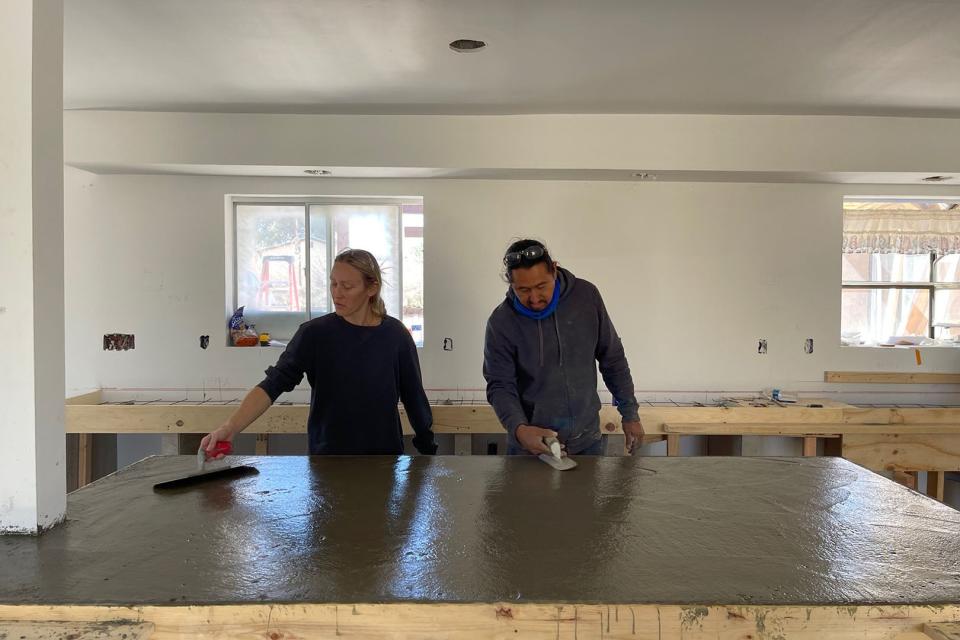
Mitchell: School has really taught me how to bid properly and how to draw up a contract. [As the client] you feel like you don’t want to ask too many questions because you’re afraid you’re going to irritate your contractor, but you should go, “Hey, we need this expanded or we need to see all the charges or else we can’t move forward.” Some people will tell you, “That's my bid.” But you can say, “I need a better one.”
Davis: Trust your gut if people are being weird or if something doesn't add up.
Mitchell: Interview a bunch, ask for photos of their work, get at least three to five bids. I’m also a huge advocate of asking for a reference contact, too.
Davis: Look on Yelp. Look on Angie's List. I love Thumbtack.
Mitchell: It’s also very important that you obtain their license number and check with the state board to make sure there are no liens against it and that it's active. And if they don't ask you to sign a detailed contract, they're not the GC for you.
Myth: Permits will be your biggest hurdle.
Truth: You can step in to help move it along.
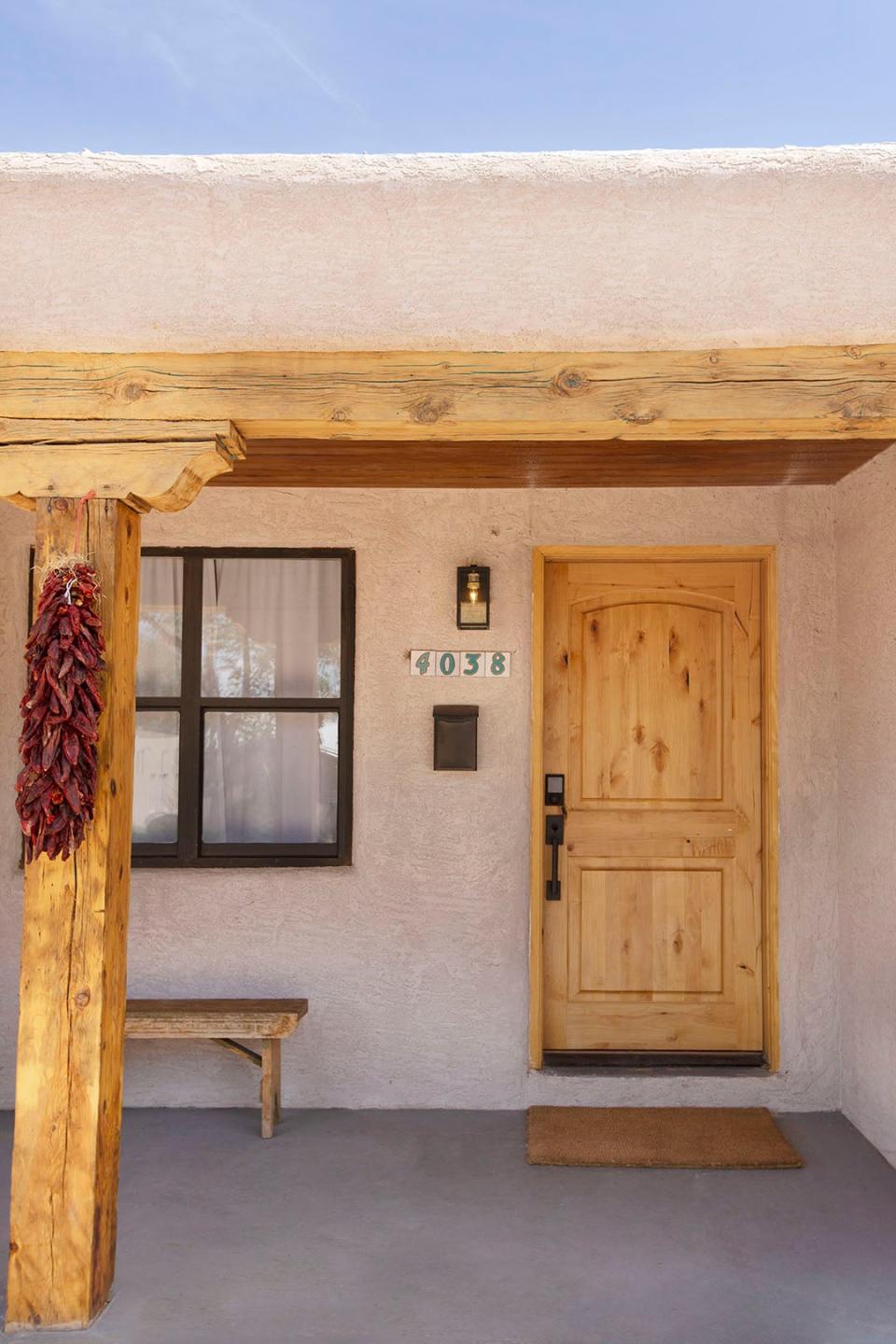
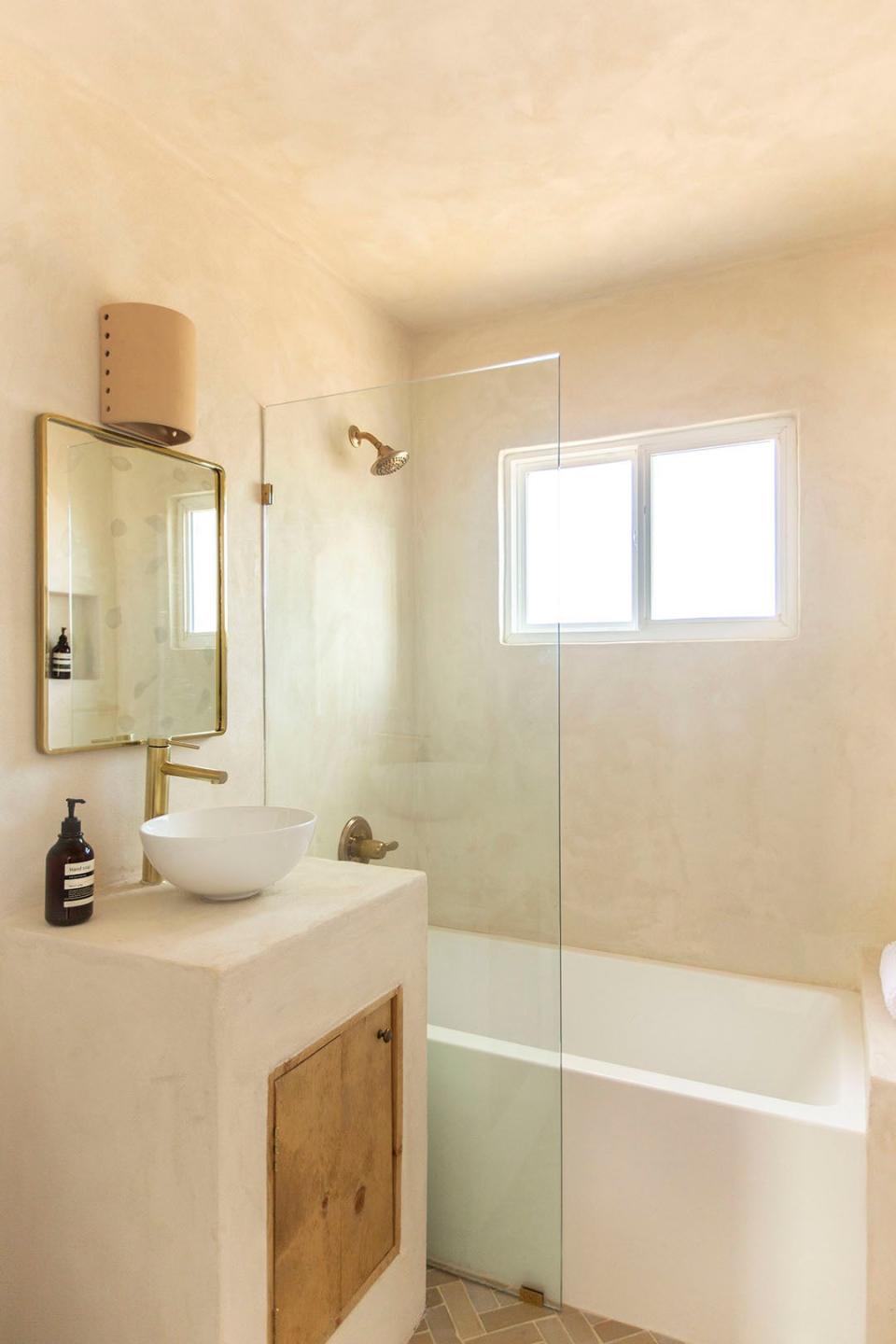
Mitchell: I think there's this idea that inspectors are out to get you, but a lot of the time they're there to protect you. If you are framing electrical, there's so many safety [precautions], and inspectors are the ones who check every single step of the process.
If your contractor has pulled a permit, ask them for the permit number and then, every few days, go to your city’s website and check the progress of it. If you see it’s getting held up, call the county and ask if there’s anything you can do to speed it along. You’re not keeping your GC out of the process but rather including yourself.
Davis: Another hack is to pull an owner-builder permit yourself. You can’t do it for everything, but you’d be shocked by the amount of things you can pull a permit for as the owner. It’s a great solution if you want to save some money.
Myth: It’ll take seven weeks to renovate your bathroom.
Truth: If you’ve got the right team, you can do it in a weekend.
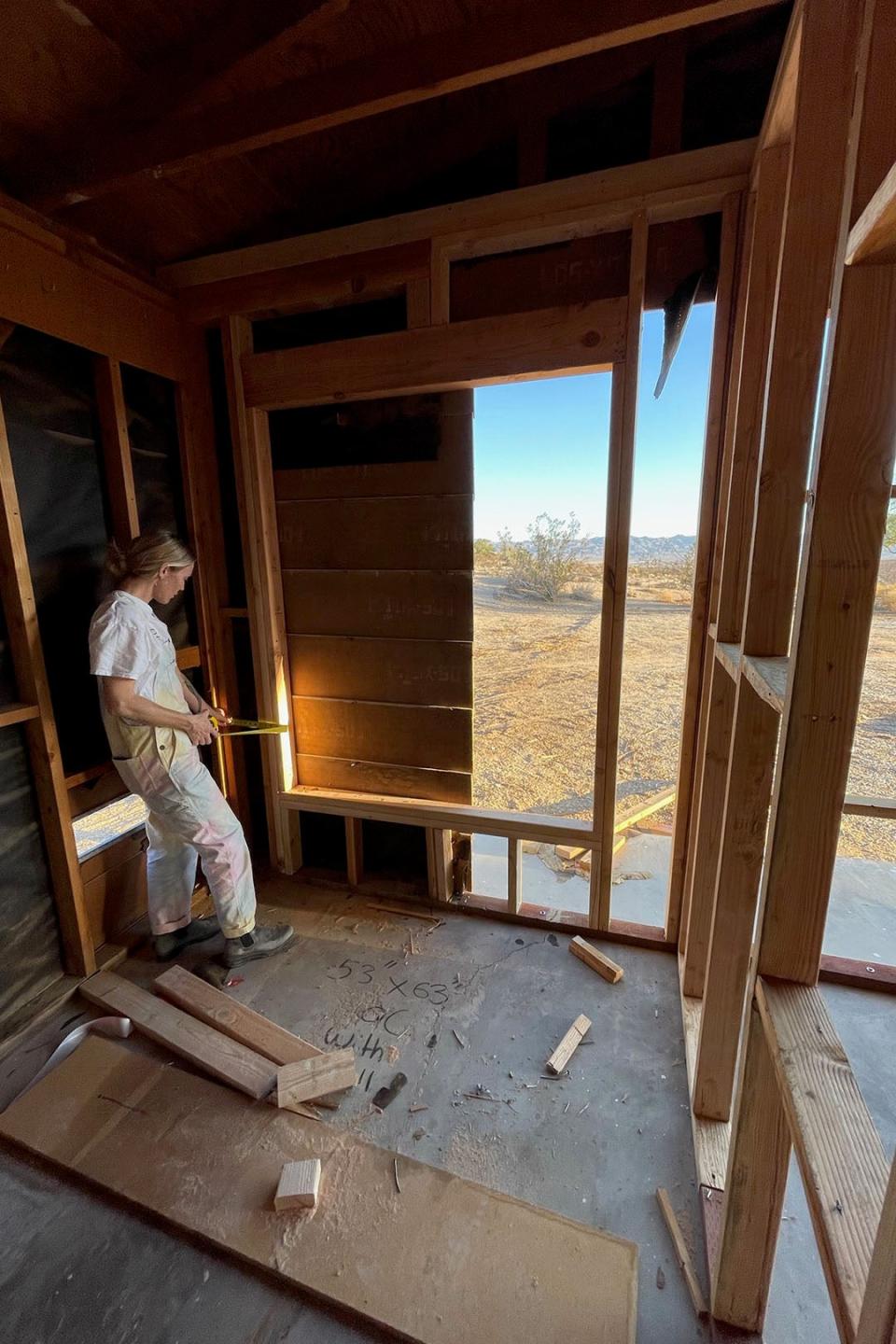
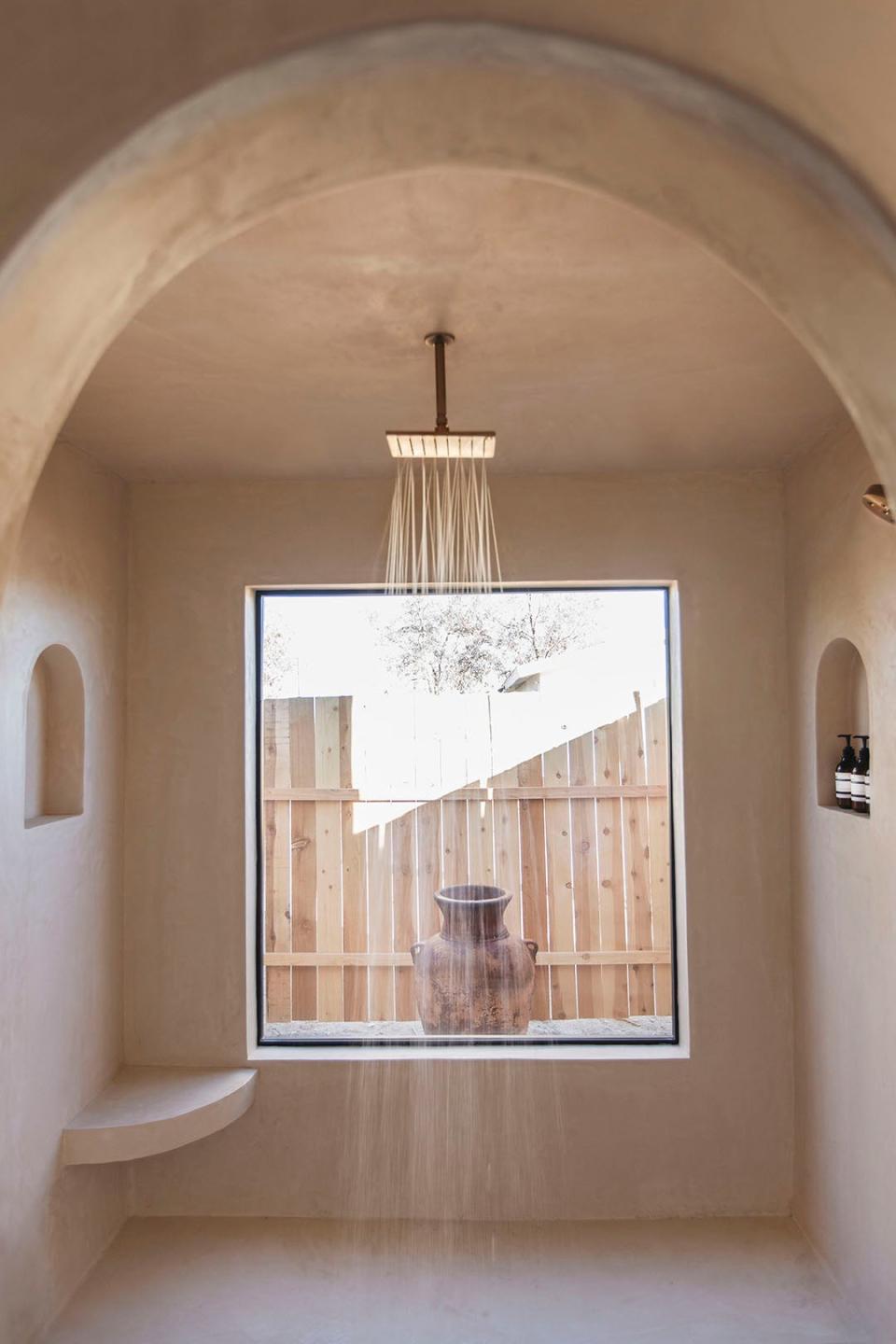
Davis: Any trade can be done super, super fast. Where things get really slow is if you're hiring a GC and they’re juggling 10 projects. Now they’re fitting you into all these other homes they’re working on. The second component is manpower: If your contractor brings in five people to complete your bathroom, that’ll be done in a day and a half.
Mitchell: Bathrooms can be done very rapidly. It’s just [about] vetting contractors well enough to know and feel confident. I cannot tell you how many people have promised us six guys tomorrow morning and one guy shows up and he's 45 minutes late.
Myth: Your contractor is a math wiz.
Truth: Double check every last measurement.
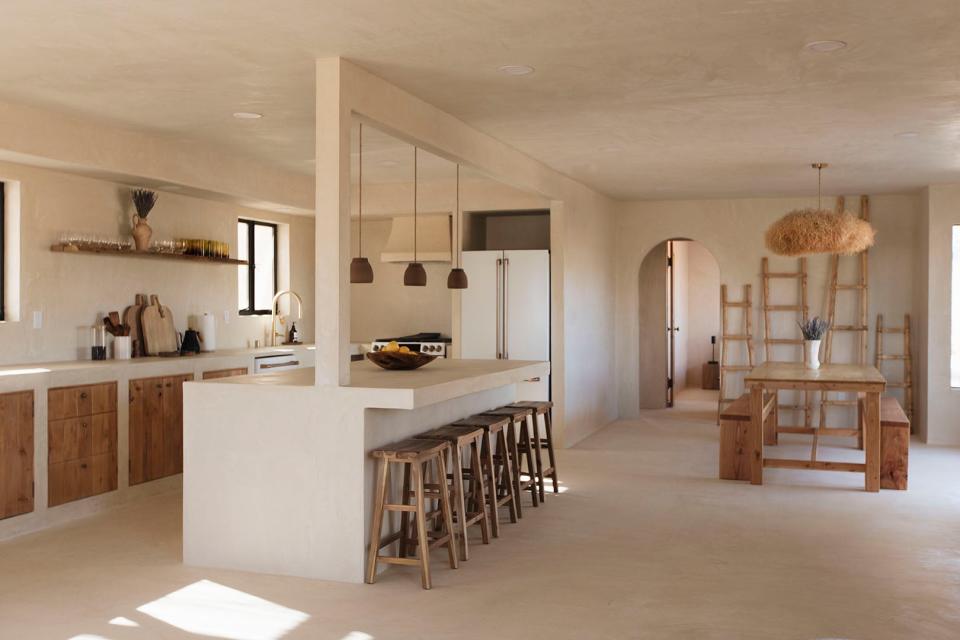
Mitchell: I don't want to say check all your contractor’s measurements, but check all your contractor’s measurements. Once, we splurged on a double-door fridge and for a few months we couldn’t open one side of it because they were an inch and a half off in their measurements.
If you’re getting new windows, measure them yourself. Don’t trust anybody. You have a window come in 2 inches too big and it’s literally not your window anymore. The first time we ordered a mass window count, we actually memorized the measurements by heart to make sure that we wouldn't mess it up.
With floor plans, tape it out. If you’re hiring a GC, there is nothing wrong with asking them to do this for you. Say, “I would really like to tape out this space so I can feel it.” You can see it on the ground, you can make sure that it's what you want. Because if you leave for two days, they could just do whatever [they want].
Myth: You select the design details, they fulfill the order.
Truth: You can save big by purchasing materials yourself.
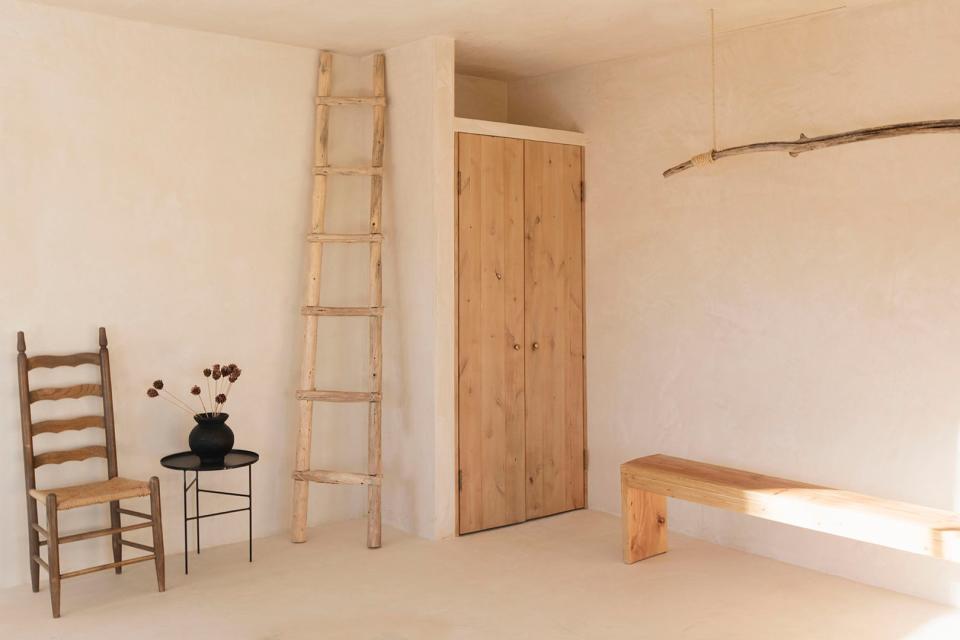
Mitchell: The best way to save money is to be involved in the purchasing of materials. Sometimes, a GC is doing a 30 percent markup on a wood that’s not even great quality just for the ordering and managing of it.
Davis: We buy the baseboards, the doors, the hardware, the paint, the tile, the fixtures—anything that you can see with your eye, we want control of that.
Myth: You only need to tell your subcontractor what you want once.
Truth: Over-communicate your design vision.
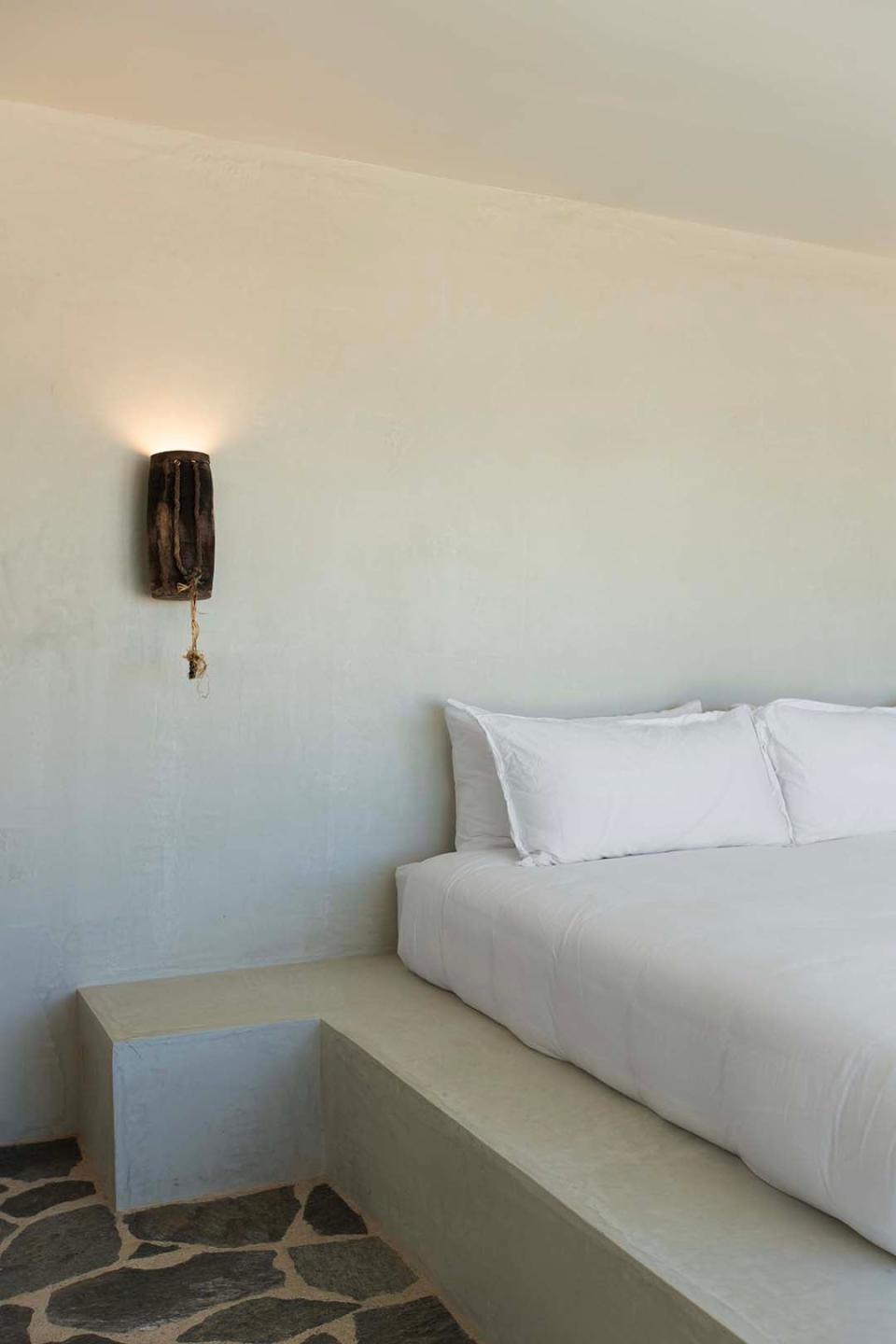
Davis: If you are going to manage your own subcontractors, know that they like to go rogue and make their own creative decisions—which is such a treat.
Mitchell: How many times has somebody said to Maggie, I thought this would look better?
Davis: See yourself as a project manager. For example, with tiling a bathroom, itemize every component: how you want the pattern of the tile to be laid, how wide you want the grout, what color you want the grout to be, where the shampoo box is located, if you want a shower curb or not. It is astounding how many people will just throw up a curb.
Mitchell: I have shown up with 15 printed-out photos showing exactly how I want each thing done. Allow your renovation to be as important as it feels. Don't ever dumb down your wants because it’s an intimidating situation. The more we have spoken up, the better the jobs have been.

